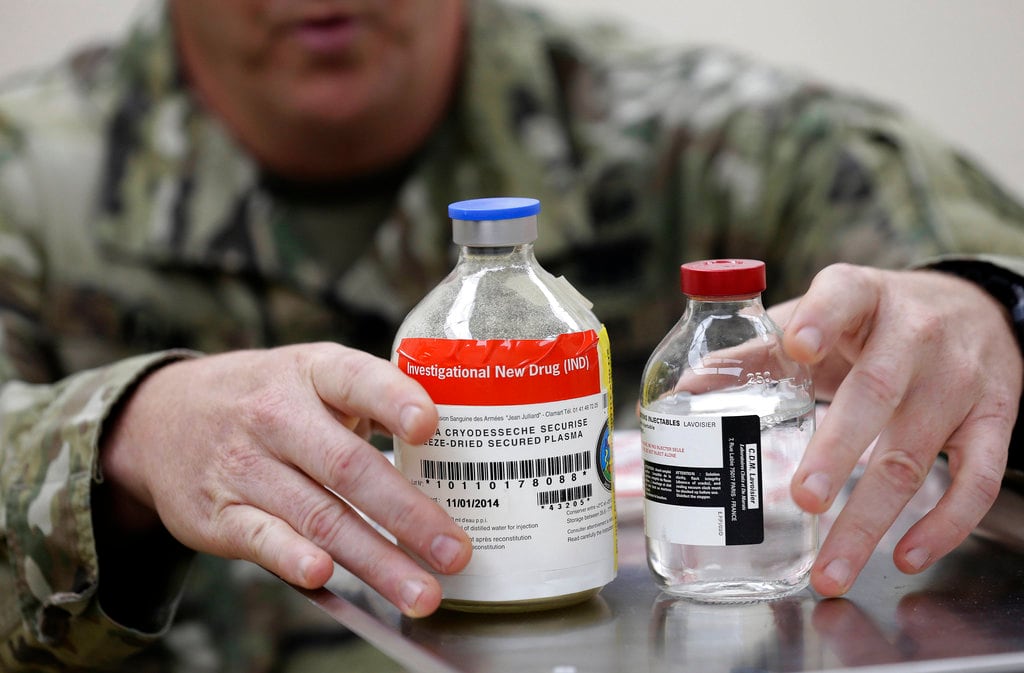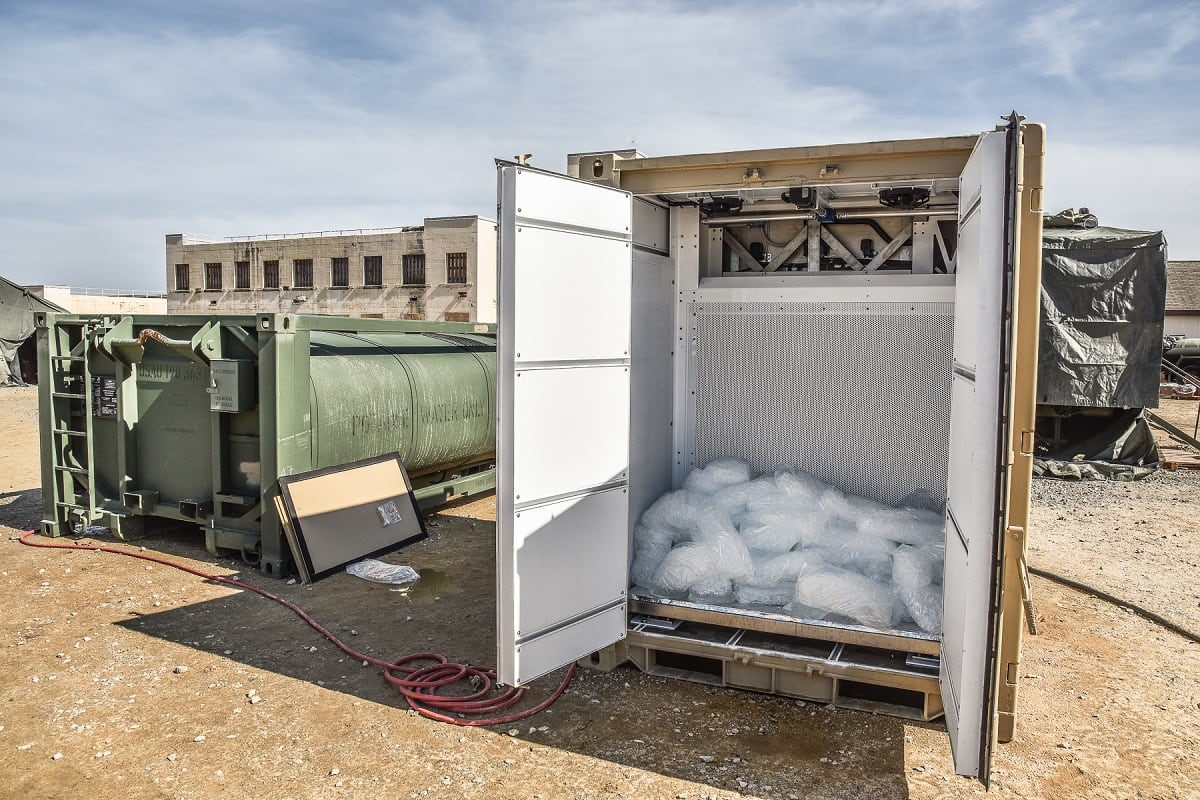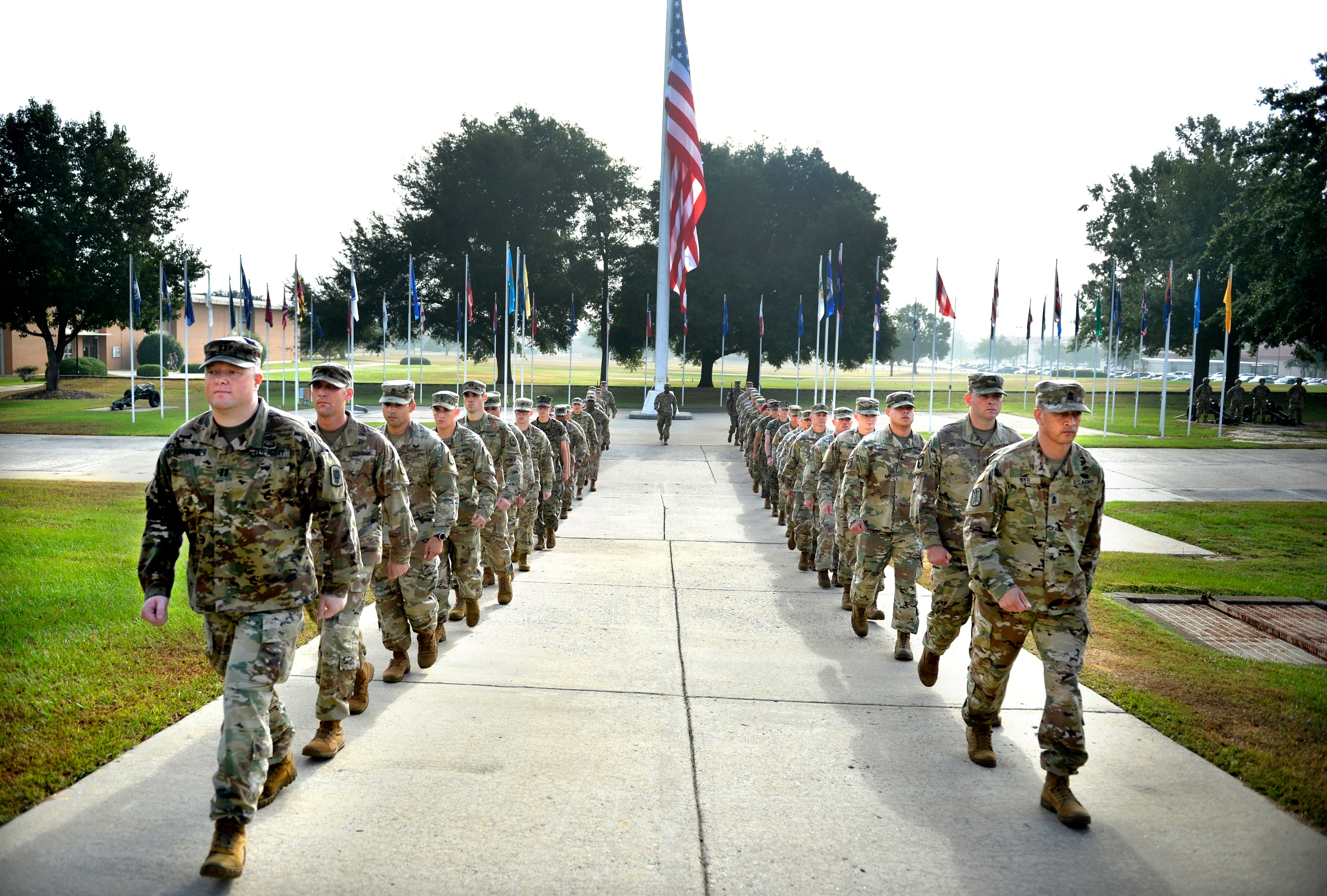The Army is quickly approaching the clearing of another battlefield hurdle: It will soon have the capability of producing ice on the battlefield for soldiers.
Ice can fill a number of roles in combat, including keeping food and liquid cold, in addition to mortuary and medical assistance, according to the Army.
The ability to make ice on the battlefield will come courtesy of the Containerized Ice Making System, also known as CIMS. It is a container that can generate ice on demand — up to 3,600 pounds a day, provided the machine is supplied with the appropriate water and power.
The CIMS, which is a four-sided box, can open on three sides and is fully insulated in order to minimize the heat inside the unit. Ice production is also not the unit’s only use, though it is its primary function.
The CIMS has three operating modes. The Ice Production mode directs the unit to produce up to 150 pounds of ice an hour, while the Cooling mode has the machine simply store the previously produced ice. The third mode, Sanitation, causes the CIMS to eject all the water in order to be cleaned or maintained.
RELATED

The CIMS will likely come with significant savings for the Army. Producing ice on site organically will be much cheaper than shipping ice onto the battlefield from distance, saving the Army money on fuel and resources.
According to the Army, the unit has been in development since 2016 by Force Sustainment Systems' Food Service Equipment Team.

The CIMS is can be easily transported with a flatbed truck or forklift, and it was designed to be used with the Force Provider ATLAS forklift. According to the Army, it is easily deployable and can be used anywhere with the necessary water and power requirements.
Two CIMS units were used as part of a spring warfighter training exercise at Fort Bragg, North Carolina, which allowed their performance and usefulness to be tested in field conditions.
The Army plans to continue testing the CIMS, and a production decision could be made in 2019, officials said.
Noah Nash is a rising senior at Kenyon College in Gambier, Ohio. At school, he is the editor in chief of the Collegian Magazine and the digital director of the Collegian, Kenyon's newspaper.





